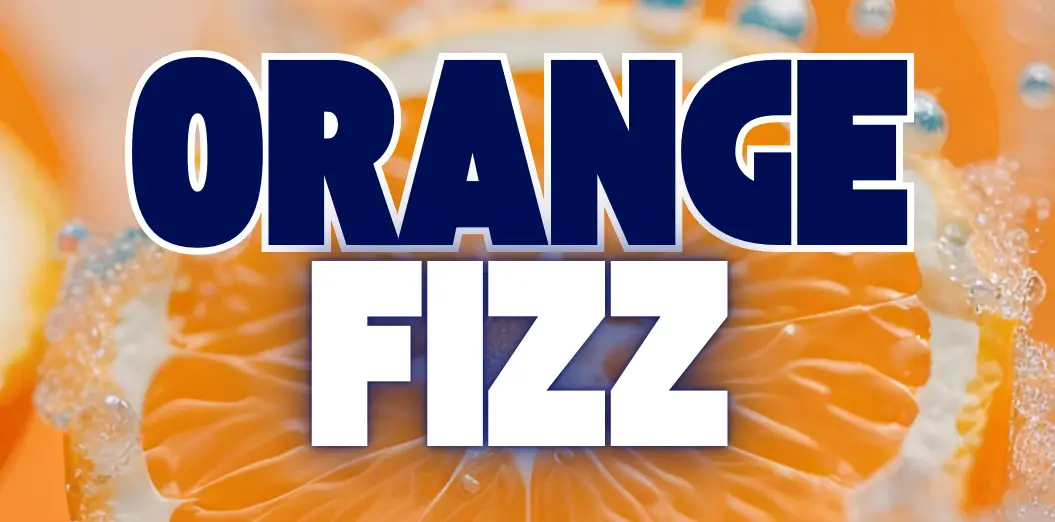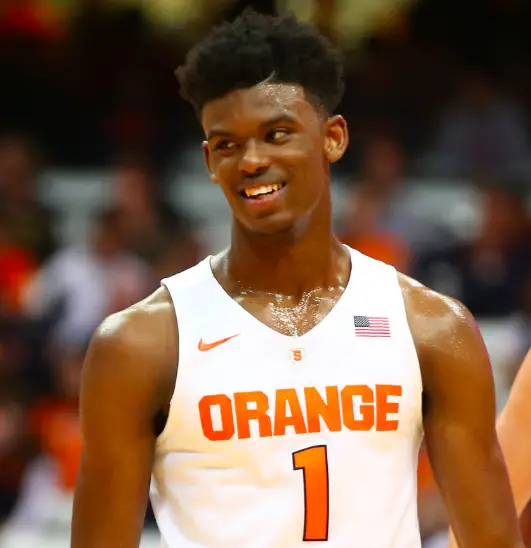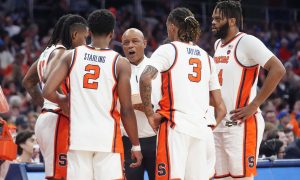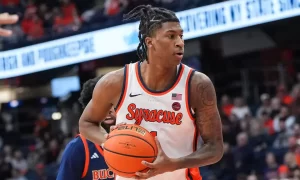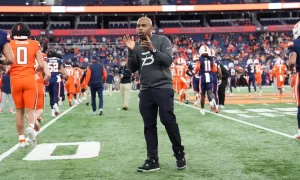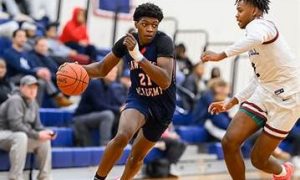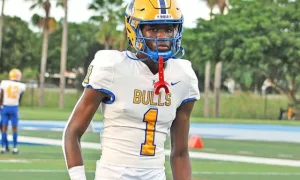When Malachi Richardson decided to keep his name in the 2016 NBA Draft pool and forego his final three years of college eligibility, it widened an already-gaping hole in the Syracuse backcourt. As a freshman, Richardson started alongside Michael Gbinije and Trevor Cooney, both of whom graduated after the Orange’s miraculous Final Four run. Those guys were SU’s top three scorers, and they’ve all left Central New York.
And yet, despite those high-profile departures, Syracuse projects to be even better than it was last season. The frontcourt, led by potential superstar Tyler Lydon, is loaded with top-tier talent and reliable depth; a dynamic duo of freshmen is set to take the Carrier Dome by storm; and Jim Boeheim, 71 years young, appears to be getting better with age.
But an under-the-radar factor in the Orange’s improvement could be a second-year leap by Franklin Howard. If graduate transfer Andrew White doesn’t choose SU, Howard could start as a sophomore (Boeheim would choose two of Howard, Tyus Battle, and John Gillon).
Howard arrived at Syracuse with high expectations — he was a four-star recruit and the highest-rated player in Maryland — but struggled mightily as a freshman. He spent a good portion of the season locked in Boeheim’s dog house; the head honcho yanked Howard every time he even thought about taking a jump shot or attempting a risky pass. Howard was unfathomably inefficient in 2015-16, knocking down just 28.6 percent of his field goal attempts and turning the ball over on 26.8 percent of the possessions he finished. His player efficiency rating of 7.8 was about as low as possible.
Howard’s biggest issue is clear: his jump shot is broken. The 6-foot-4, 170-pound point guard made only 20 percent of his two-point jump shots last season, according to hoop-math.com, and hit two of his 20 three-point attempts. Howard was somewhat effective at the rim, finishing 50 percent of his attempts around the basket, but it’s extremely difficult to penetrate when defenses don’t respect your jump shot from outside of 10 feet.
The hope for Howard is that he can follow in the footsteps of former Orange standout Michael Carter-Williams. The similarities are clear: both are long, lanky, and athletic floor generals who wear No. 1 and can’t hit the broadside of DaJuan Coleman’s rear end with a perimeter jumper. Carter-Williams played 10.3 minutes per game as a freshman; Howard played 10.5. Optimistic SU fans are allowed to dream of Howard developing into the smooth, well-rounded playmaker that MCW became.
But there’s a problem with that comparison — in Carter-Williams’ first season, he was much better than Howard was as a freshman. MCW made more of his shots (43.1 percent to Howard’s 28.6 percent), was more accurate from beyond the arc (7-18 to Howard’s 2-20), coughed up the rock less frequently (turnover rate of 18.8 percent to Howard’s 26.8 percent), and was more disruptive on defense (steal rate of 4.6 percent to Howard’s 3.1 percent). All those numbers tell the same story: Carter-Williams an effective player in his freshman campaign, and Howard was not.
But Howard doesn’t need to be Carter-Williams in order to contribute positively. If he can evolve into 75 percent of what MCW was a sophomore, when the future first-rounder was arguably the best player on a Final Four team, Howard will serve as a tremendous piece for Boeheim’s squad.

